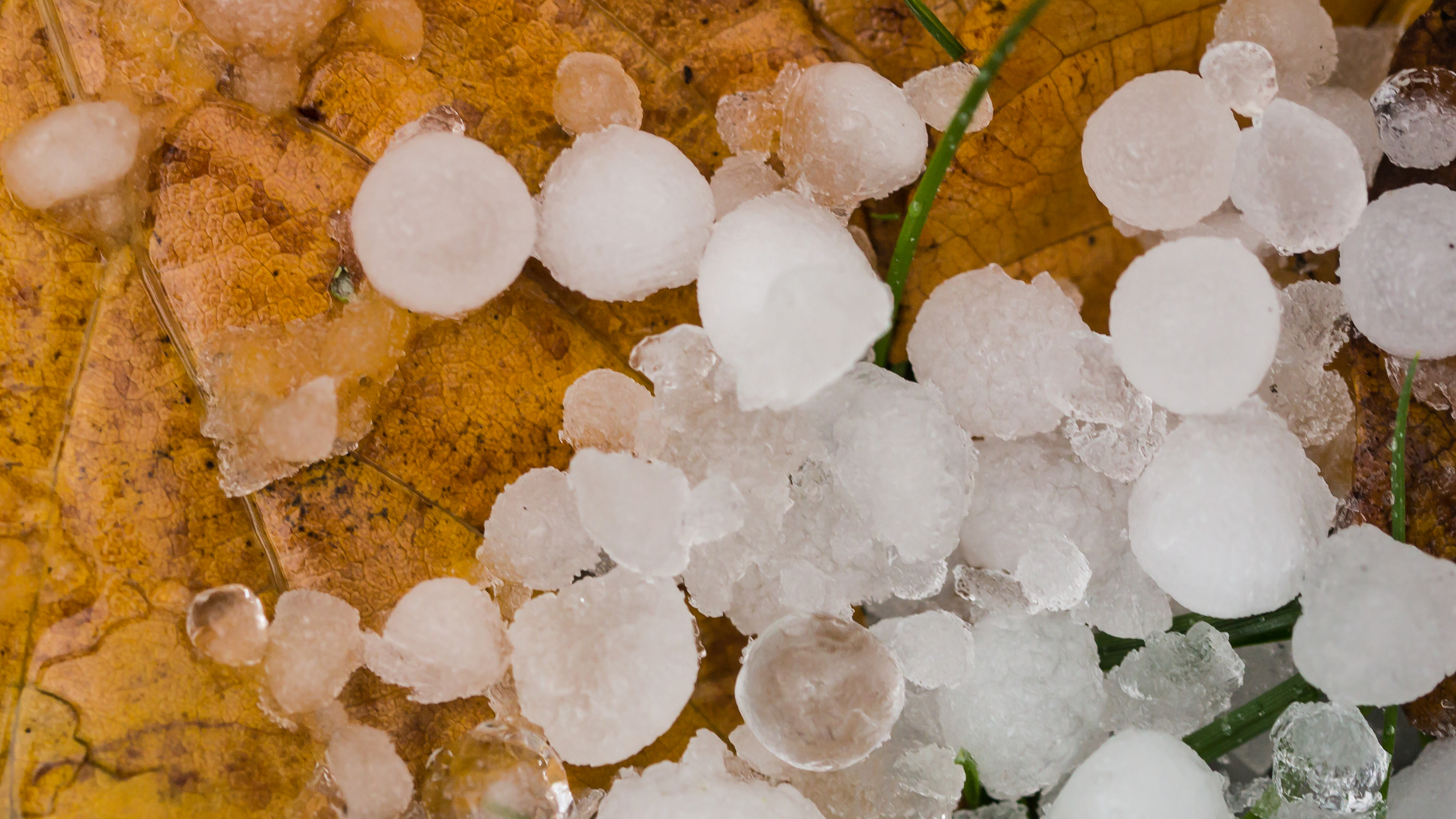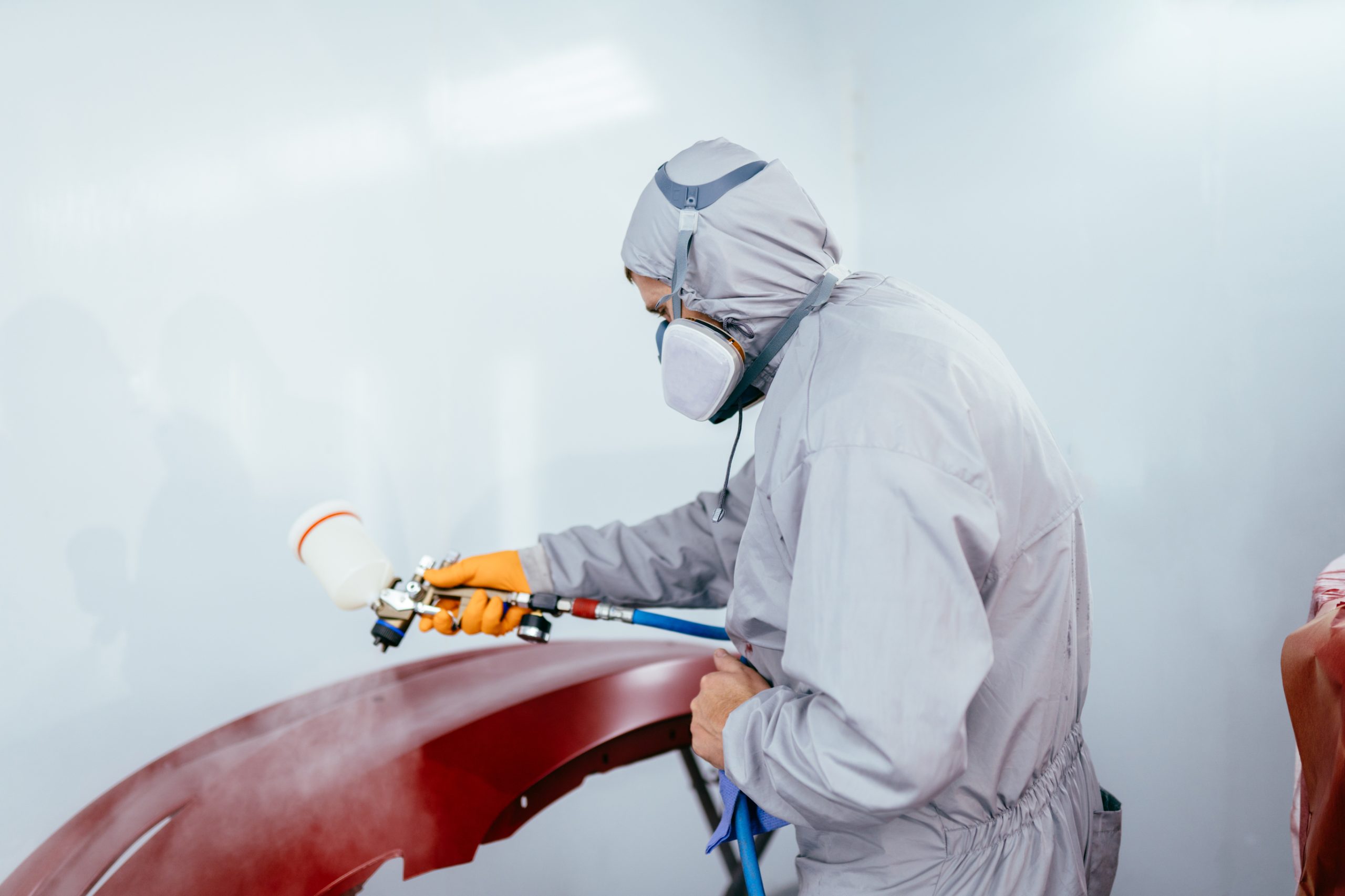As the seasons change, so does the weather, and with certain times of the year comes the increased risk of hailstorms. Understanding seasonal hail patterns is crucial for vehicle owners to prepare and protect their vehicles from potential damage. This article delves into the science behind these patterns and offers practical advice on preparing your vehicle for the hail season.
Understanding Seasonal Hail Patterns
Hailstorms are most common in the spring and summer months, particularly from May through August, in many parts of the world. This is due to the atmospheric conditions prevalent during these seasons, which are conducive to the formation of thunderstorms capable of producing hail.
During spring and summer, the ground heats up, warming the air above it. This warm air rises and meets cooler air in the upper atmosphere, creating instability. When this instability is combined with moisture and strong updrafts, cumulonimbus clouds form, setting the stage for hail.
Certain regions are more prone to hail than others. In the United States, for example, the area known as “Hail Alley” — which includes parts of Texas, Colorado, Nebraska, and Wyoming — experiences a high frequency of hailstorms due to its unique geographical and atmospheric conditions.
Preparing Your Vehicle for Hail Season
1. Stay Informed: The first step in preparation is to stay informed about the weather. Utilize weather apps and sign up for local weather alerts to receive timely updates about potential hailstorms.
2. Find Covered Parking: Whenever possible, park your vehicle in a garage or under a covered structure. If you don’t have access to covered parking at home, consider finding public parking garages where you can park your car during severe weather warnings.
3. Invest in a Hail Protector: There are car covers specifically designed to protect vehicles from hail damage. These hail protectors are padded and can absorb the impact of hailstones, significantly reducing the risk of dents and damage.
4. Use Temporary Coverings: If a hailstorm is imminent and you don’t have a hail protector, you can use blankets or thick quilts as a temporary measure. Secure them to your vehicle to prevent them from blowing away. While not as effective as a hail protector, they can provide some level of protection.
5. Keep Trees Trimmed: If you park your vehicle near trees, ensure that branches are trimmed and healthy. Weak branches can break during a storm and fall on your vehicle, causing additional damage.
6. Consider Comprehensive Insurance: Review your car insurance policy to ensure you have comprehensive coverage that includes hail damage. Knowing your coverage can provide peace of mind and ease the repair process if your vehicle is damaged.
After the Storm: Assessing and Addressing Hail Damage
After a hailstorm, it’s important to assess your vehicle for damage. Look for dents, dings, and cracked glass. If you find damage, document it with photos and contact your insurance company to start the claims process.
For repairs, consider Paintless Dent Repair (PDR), an effective technique for removing dents caused by hail without the need for repainting. PDR can restore your vehicle’s appearance and maintain its value.
Conclusion
Seasonal hail patterns highlight the importance of being prepared for hail season. By understanding when and where hailstorms are most likely to occur, you can take proactive steps to protect your vehicle. Investing in protective measures, staying informed about the weather, and knowing your insurance coverage can all help mitigate the impact of hailstorms. Remember, preparation is key to navigating storm season successfully and keeping your vehicle in top condition.




